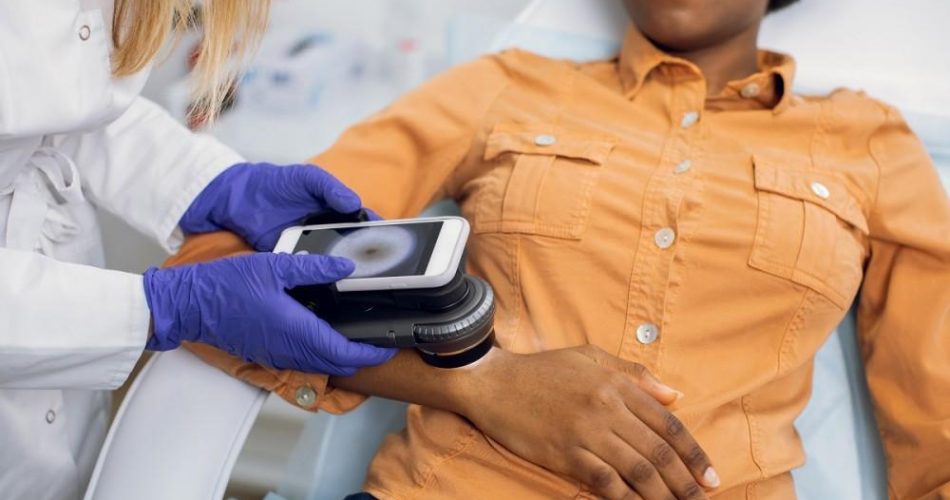

Living in Florida has its perk with all-year-round sunshine. When everyday feels like summer, you spend more time outside, and your mood is elevated. However, the sunny days don’t come without their dangers — like increased risk of skin cancer.
More people are diagnosed with skin cancer than any other two cancers combined. Luckily, skin cancer is one of the most preventable, and treatable, cancers.
With summer just around the corner, L.A. Vinas Plastic Surgery, with three locations in Florida, is here to share four tips on how to avoid skin cancer.
Wearing sunscreen is one of the best and easiest ways to protect your skin’s health. Not only does this prevent skin cancer, but many of age-related skin concerns including sunspots, wrinkles, and skin laxity.
Be sure to slather on sunscreen every time you go outdoors. The sun’s rays contain two types of radiation: ultraviolet A (UVA) and ultraviolet B (UVB). UVA rays have a longer wavelength and are linked to skin aging, while UVB are shorter and associated with sun burning.
Always opt for a broad-spectrum sunscreen so you can protect your skin from both UVA and UVB rays. The skin cancer foundation suggests wearing a broad-spectrum and water-resistant SPF of 30 or greater for extended outdoor activities. Be sure to reapply sunscreen every two hours after swimming or sweating.
UV rays are at their highest peak during late spring and early summer so it’s especially important to protect your skin. Stay in the shade during 10am-4pm when the sun is the most intense to reduce your risk of sunburn and ultimately, skin cancer.
Walk on the shady side of the street or take cover under an umbrella when you can. While the shade is protective, it’s still important to apply sunscreen since UV rays can still penetrate skin, bouncing off sand and concrete.
Florida’s average temperatures are in the 80s in the summer. While it may be tempting to wear less clothing, this exposes your skin to the sun, leading to an increased risk of sunburn. Clothing is a great protectant barrier against the sun and doesn’t need to be reapplied, like sunscreen.
The more skin you can cover, the better — choose pants and long-sleeved shirts when you can. Wearing a wide-brimmed hat (of three inches or more) is a great way to protect your face, neck, and shoulders from the sun.
Clothing is now available with built in Ultraviolet Protective Factor (UPF) that helps shield your skin from UV exposure. A UPF rating of 30 offers good protection, meaning the fabric in this clothing allows only 1/30th or 3% of UV rays to penetrate skin.
Wear sunglasses with 100% UVA/UVB protection to shield your eyes, eyelids, and surrounding skin from the sun.
Implementing sun protection as early as possible is the best way to prevent skin cancer. However, no one is perfect and no method is 100% effective. One in five Americans will develop skin cancer by the age of 70.
Regular monthly self-exams can help pinpoint changes in your skin and detect skin cancer in its earliest, most treatable state. Stand in front of a full-length mirror and look for anything that stands out like:
Call your dermatologist or contact us to request an appointment if you notice any of these signs.